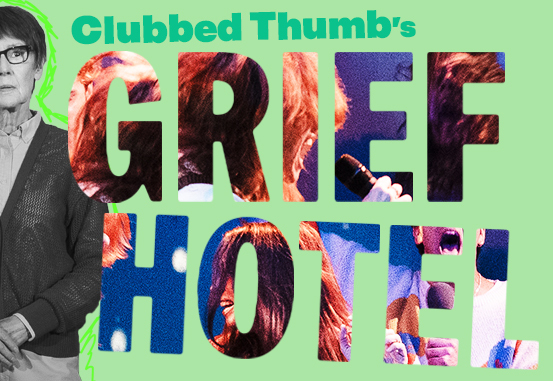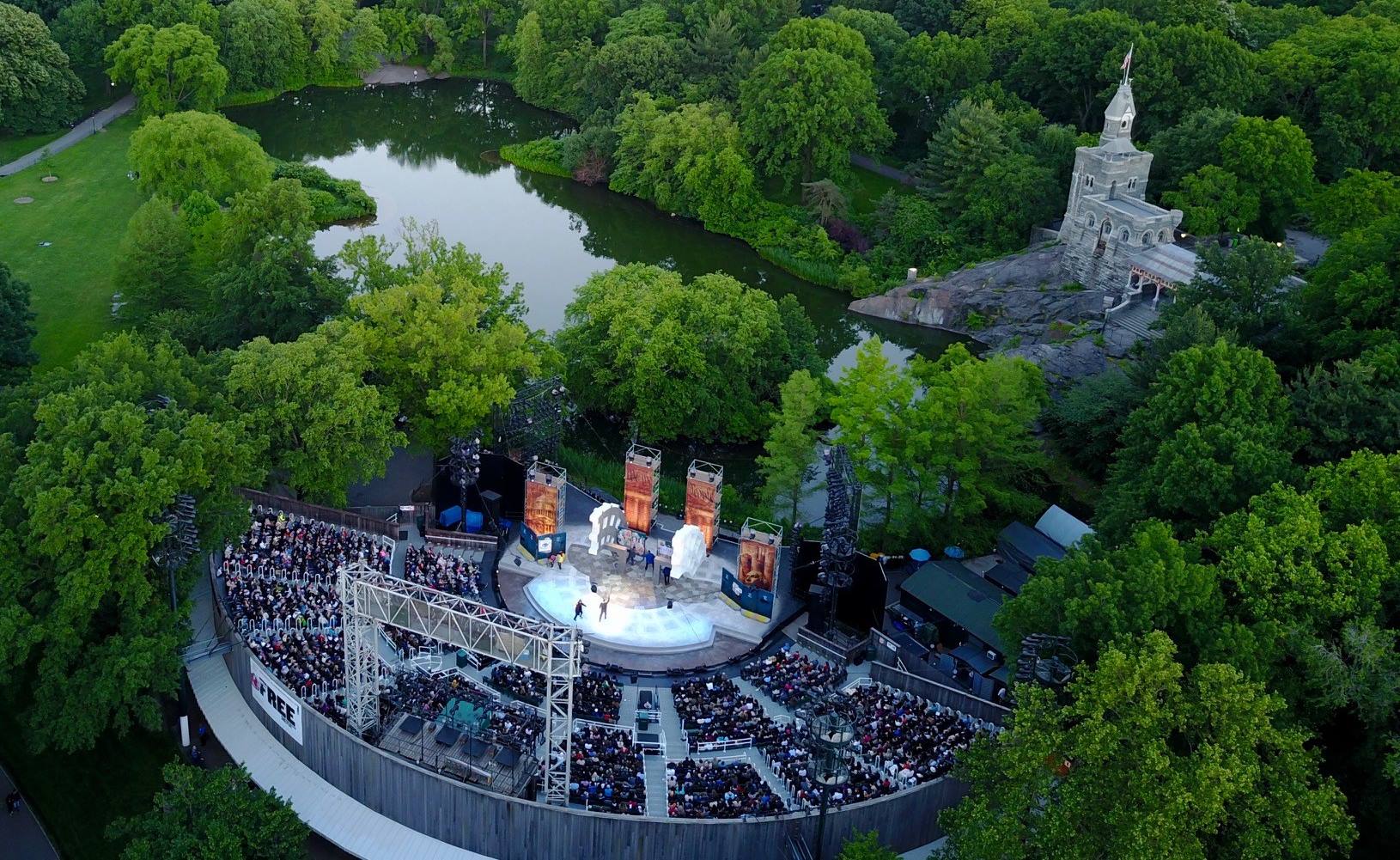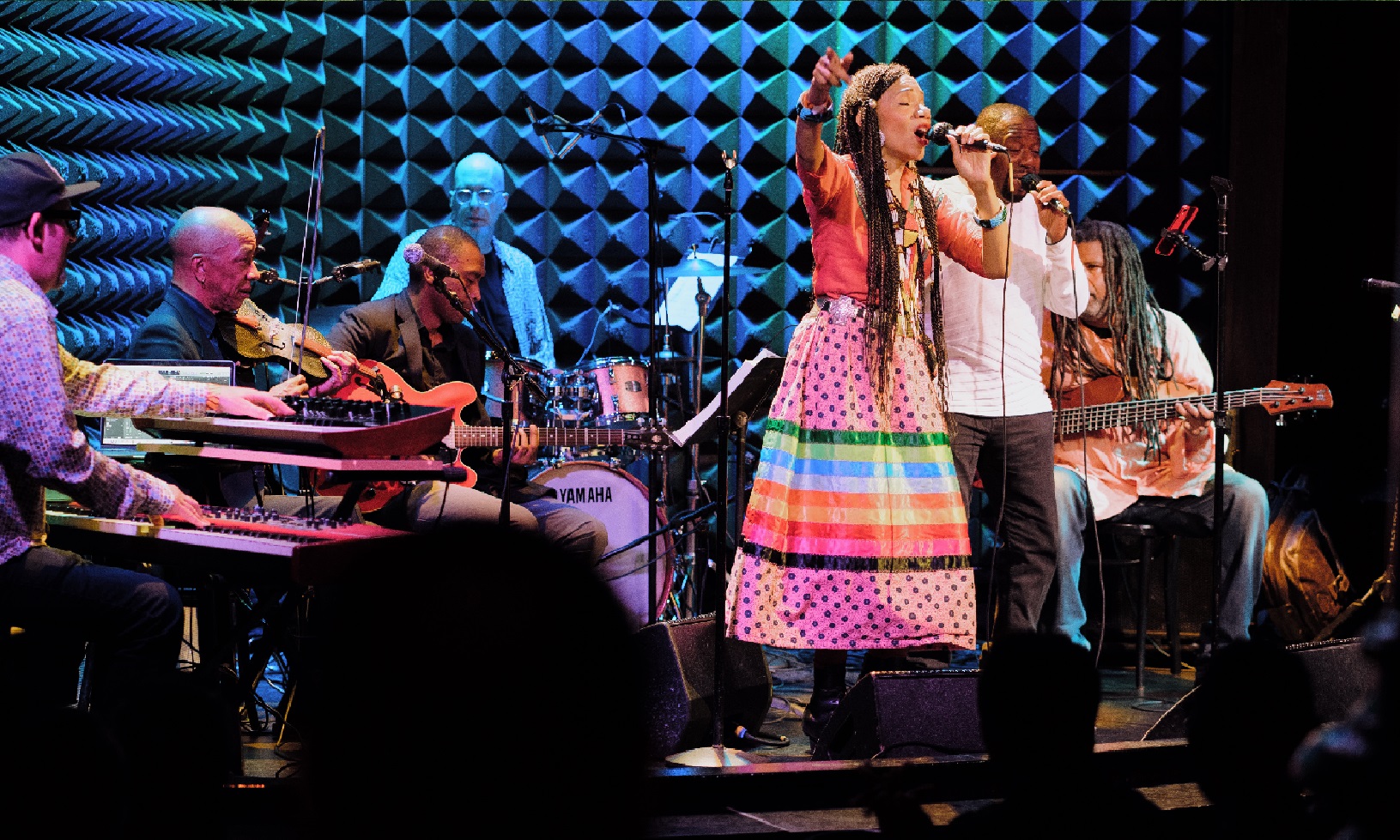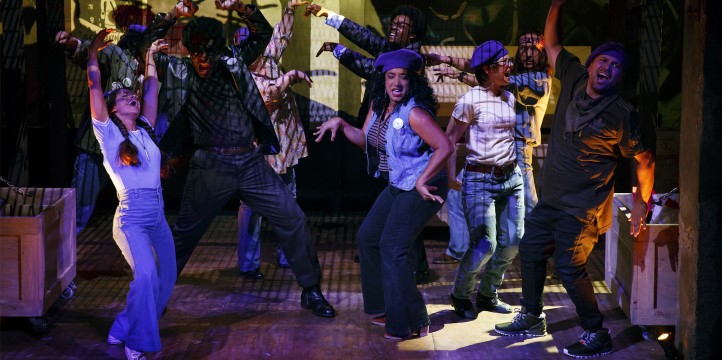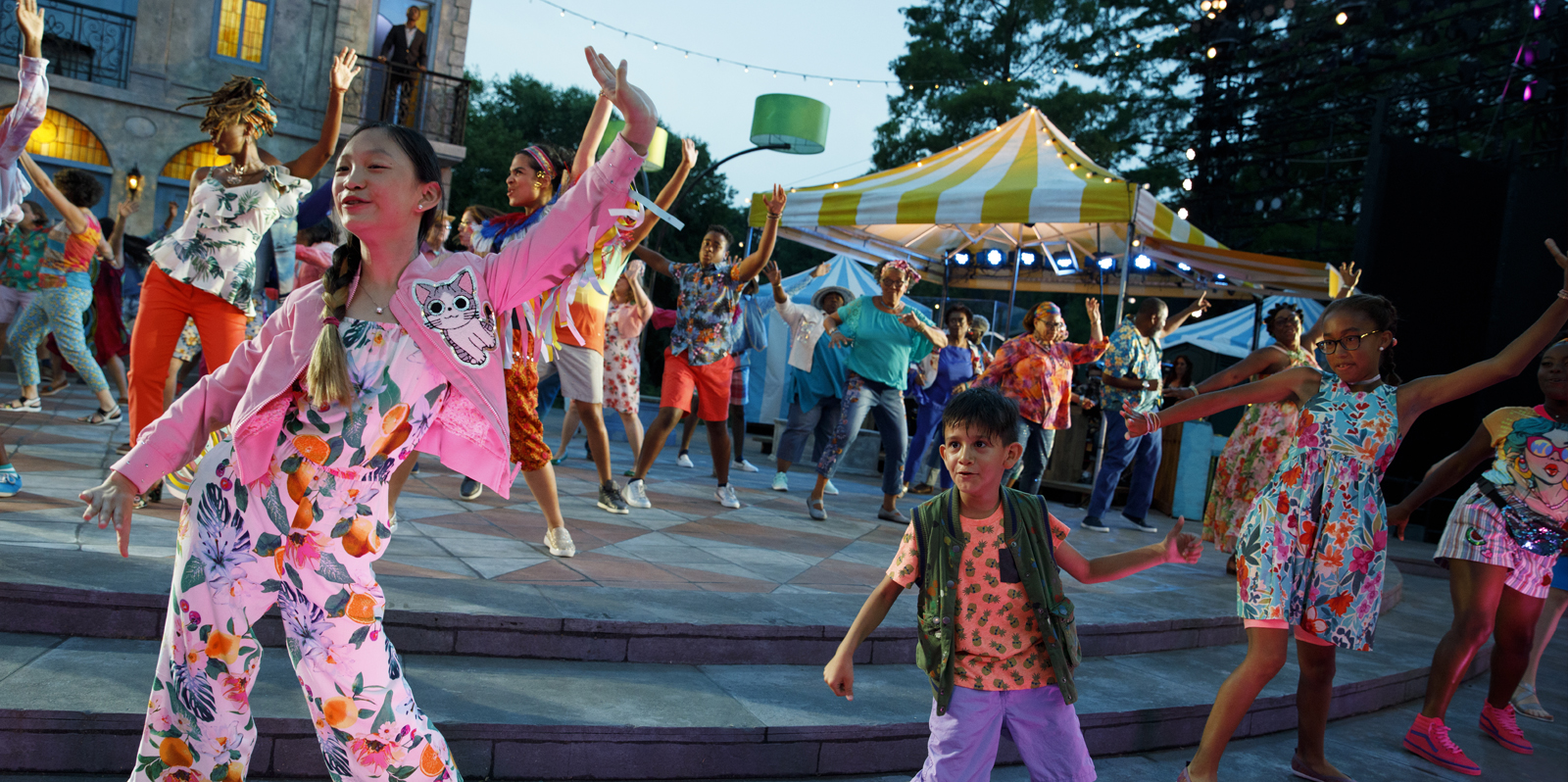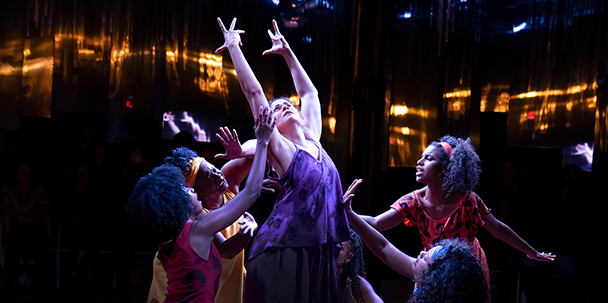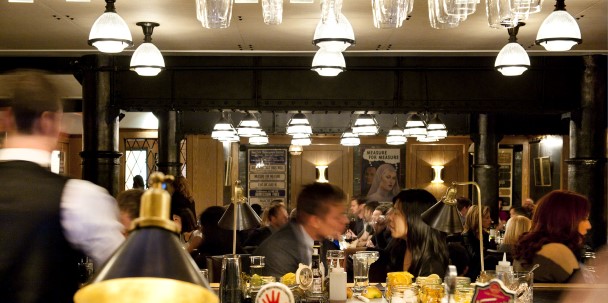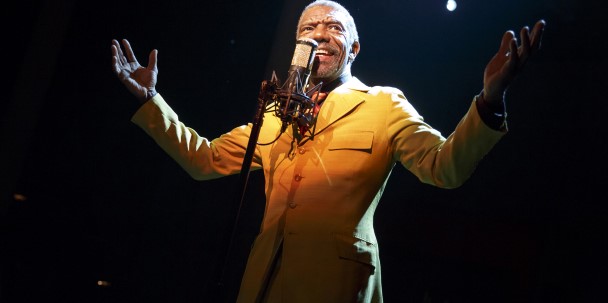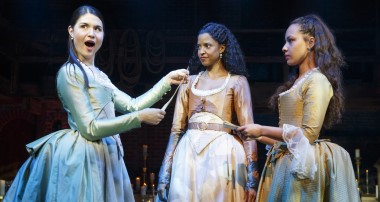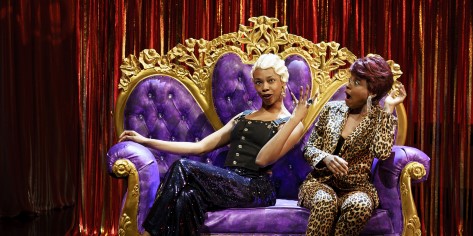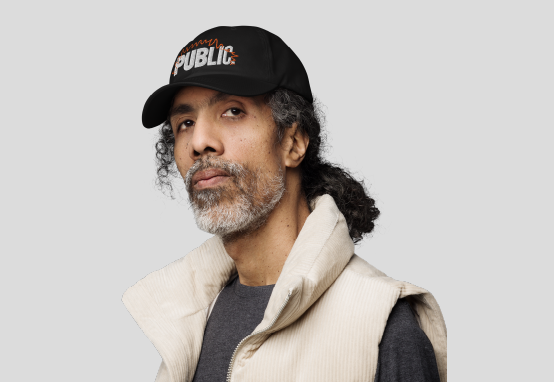Between 1989 and 1992 in New York City, French photographer Chantal Regnault captured the Harlem House Balls and Voguing scene rise to fame.
Over the course of the 20th century, an underground subculture of drag balls –beauty pageants featuring participants in drag - emerged in New York. But even though these competitions were organized within the queer community, black participants were still not able to escape discrimination as they had to aspire to white beauty ideals. From the 70’s , black and brown participants therefore increasingly started to organize their own Balls featuring a variety of categories-including realness, runway, body, face and vogue performance .The development of the Balls ran parallel to the emergence of Houses headed by older drag and trans personnalities and bearing their names : La Beija, Pendavis, Dupree, Corey as others would borrow from prestigious fashion houses: Dior, Chanel, Saint Laurent, Mugler…The Houses would compete against each other during the Balls, the best participants receiving tens from the jury and winning trophies , leading to fame and social standing not only for themselves, but also for their House. The final goal? Achieving legendary or iconic status.
The Houses also provided a family structure where the most socially fragilized members of the community, often the younger ones, could take refuge and find protection and advice from the older Mothers .
Until the late 80’s the Balls were held in Harlem, mainly at the Elke Lodge and when it closed down the community started to look for new spaces downtown and beyond in Brooklyn and New Jersey. Jenny Livingston’s film Paris is Burning and Madonna’s video clip "Vogue" would bring the culture under the spot light , as would the Fashion Industry who associated with the Ballroom to produce Aids Benefits while the pandemic was decimating both worlds.
One of the elements from the Ballroom Culture that received most mainstream attention is Voguing , a stylized form of dancing derived from poses found in fashion magazines and characterized by precision, controlled arm movements and formation of lines to the beat of the music.
Chantal Regnault had the privilege to photograph the culture at this important turning point of its history. She took her lens to Balls, Aids Benefits and Clubs, brought the Ballroom to the studio and outdoors, producing electric, alive, loving and tender images. They feature the legendary Houses and their Founding Mothers, the famous Voguers and Runway stars of the Ballroom scene back then.
During the 90’s the culture who had originated in New York branched out to major cities in the US and in the 2000’s started to spread all around the world. Even though the situation of queer people in mainstream society has generally improved since the 1970’s, the basic principles of Ballroom culture, including self expression, emancipation and celebrating yourself are as relevant and necessary today as they were 50 years ago.
Chantal Regnault’s work is an important part of the LGBTQ+ history shining a light on those courageous enough to be who they are, in a time when tolerance, let alone acceptance, was not a privilege given to them.

